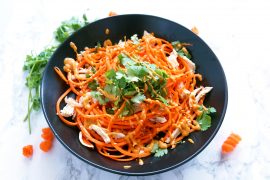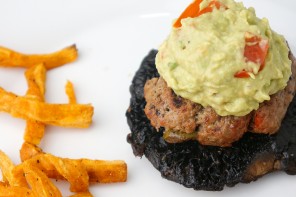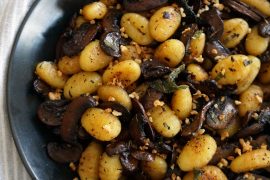Indian cuisine is one of the most popular types of food in the world. It has a rich culture, and it blends well with many different types of foods from around the globe. Indian cooking can be daunting to master, but there are ways that you can become more confident in your kitchen skills without having any formal training.
Take a Trip To Enjoy and Experience the Food
To master any art, you must know it inside and out, back to front – this is equally true in Indian cuisine as anywhere else. And Indian cuisine is one of the most intricate and diverse in the world.
The sheer number of spices, herbs, and other ingredients used across India makes mealtime an adventure for your taste buds. The best way to master any art is by learning its history, so you must know about the origins of Indian cuisine and some key historical figures by taking a trip and experiencing the food.
Understand the Indian Spices
There are many spices in Indian cuisine, and all of them have different health benefits. You can use some to increase metabolism while others help you lose weight by suppressing your appetite. If you want to master the art of cooking with these spices, you need to understand each spice carefully before using it in your food.
To understand the Indian spices, you need to know how and where they make them. Spices come from different parts of plants and trees. The leaves, roots, barks, or seeds of certain plants are dried in sunlight for many days until they become dry like powder form. You can use these powders fresh as well if appropriately stored under sunlight. However, you need to know that they don’t last for a long time once you make the spices.
Start Learning by Preparing Simple Dishes
As you start learning Indian cuisine, the first thing that comes into your mind is to master all those dishes which people consider authentic, like palak paneer [recipe]. While this may be true; however, beginners shouldn’t attempt such complicated recipes right away if they haven’t even mastered the basics yet.
One essential step to learning any cooking is by mastering the basics first. This includes necessary ingredients, utensils, and recipes. Once you master these three things, it will be much easier to move on to more complicated dishes later in your journey as an Indian cook.
Learn How To Blend It Into Other Types of Cuisines
Blending flavors is a great way to master your art in Indian cuisine. When you start to think about cooking Indian dishes, it’s easy to fall into the trap of only using spicy flavors. There are so many flavor profiles that exist outside of just spiciness. Start looking at other types of cuisines and try out their spices with your Indian recipes.
Don’t Limit Your Creativity
There are many ways you can master your art in Indian cuisine, but the most important thing is not limiting yourself. Leaving your comfort zone can be pretty scary, but it’s essential if you want to learn something new and evolve as a cook.
Ensure you are always doing your research and learning new recipes. The more you practice, the better you will become, don’t be discouraged if it doesn’t come out perfect in the first attempt because cooking is just like painting or drawing. There’s no limit to how many times you can do it until it’s perfect. Just keep practicing.
Conclusion
The most crucial thing in terms of mastering Indian cuisine is to be patient and persevere. You can’t expect your first attempt at cooking a dish from scratch to come out perfect every time, but the more you cook it repeatedly -with varying degrees of success-the better you’ll get.
Also, keep in mind that Indian cooking is not all about the spices and ingredients; there’s a lot of technique involved. So once you master certain foods like dal or curry, don’t stop there -move on to other dishes and learn everything you can. If you follow this advice about mastering your art in Indian cuisine, you can be confident that you will be a successful cook.



